Polar researchers are having a hard time finding the words to describe it
Scientists at the Concordia Research Station on the East Antarctic Plateau recorded a remarkable event on March 18, 2022. They recorded the largest jump in temperature ever measured by a weather center on Earth. According to their instruments, the temperature in the region that day rose 38.5°C above the seasonal average, which is a world record.
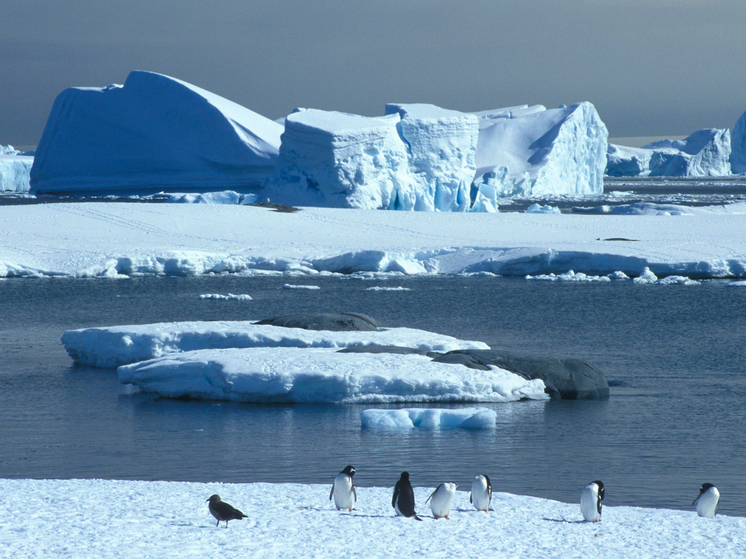
This astonishing jump — in the coldest place on the planet — left polar explorers struggling to find words to describe it. “It's absolutely stunning,” admits Professor Michael Meredith, scientific director of the British Antarctic Survey. “In sub-zero temperatures, such a sharp jump is quite tolerable, but if there was a rise of 40 degrees in the UK now, the temperature on a spring day would exceed 50 degrees, and this would be fatal for the population.”
As The The writes. Observer, this amazement was shared by glaciologist Professor Martin Siegert from the University of Exeter. “No one in our community thought something like this would ever happen. This is extraordinary and a matter of grave concern,” he told The Observer. “Now we have to deal with something completely unprecedented.”
Scientists say polar winds that previously barely penetrated the atmosphere over Antarctica are now carrying more warm and moist air from lower latitudes, including Australia, deeper into the continent, and are responsible for the strong polar “heat wave” that hit the Antarctic continent. Concordia. However, it is not yet clear why these currents are now able to penetrate so deep into the continent's airspace.
Scientists discovered that this sudden increase in temperature was not an isolated event. Over the past two years, they have been inundated with a growing number of reports of alarming weather anomalies across the continent. Glaciers bordering the West Antarctic Ice Sheet are shedding their mass into the ocean at an increasing rate, while the level of sea ice that floats in the oceans around the continent has dropped sharply, remaining stable for more than a century.
These developments have raised concerns that Antarctica, once considered too cold to experience the first effects of global warming, is now shrinking sharply and rapidly due to rising levels of greenhouse gases that humans continue to pump into the atmosphere, The Observer reports.
These dangers were highlighted by a team of scientists led by Will Hobbs from the University of Tasmania in a paper published last week in the Journal of Climate. After studying recent changes in sea ice cover in Antarctica, the team concluded that the continent's climate has undergone a “sharp critical transition” that could have implications for both local Antarctic ecosystems and the global climate system.
“Extremely low Antarctic sea ice has led researchers to speculate that a regime shift is occurring in the Southern Ocean, and we found a wealth of evidence supporting this transition to a new state of sea ice,” Hobbs said.
Michael Meredith emphasized the dramatic nature of this transformation. “The extent of sea ice in Antarctica has actually increased slightly in the late 20th and early 21st centuries. However, it fell off a cliff in the middle of the last decade. This is a harbinger of new changes in the Antarctic climate system, and this could cause serious concern both for the region and for the entire planet.”
The continent is now catching up with the Arctic, where the effects of global warming have so far been felt most acutely across the planet, Siegert added. “The Arctic is currently warming four times faster than the rest of the planet. But Antarctica has begun to catch up, so it is already warming twice as fast as the planet as a whole.”
A key reason why the Arctic and Antarctic are disproportionately affected by global warming is that Earth's oceans, warmed by burning fossil fuels, are losing their sea ice at the polar tips. The dark waters that were once under the ice are exposed, and solar radiation is no longer reflected back into space. Instead, it is absorbed into the sea, further warming the oceans.
“It's essentially a vicious cycle of warming oceans and melting sea ice, although the root cause is humanity and the continued burning of fossil fuels and the creation of greenhouse gases,” Michael points out. Meredith.
As for the consequences of this meteorological metamorphosis, they can be destructive, researchers warn. If all the ice in Antarctica were to melt, it would cause sea levels to rise around the globe by more than 60 meters. Islands and coastal areas, where most of the world's population now lives, would be flooded.
However, such an apocalypse is unlikely to happen anytime soon. The Antarctic ice sheet covers 14 million square kilometers, roughly the size of the United States and Mexico combined, and contains about 30 million cubic kilometers of ice—about 60% of the world's fresh water. This extensive coating hides a mountain range almost as tall as the Alps, so it will take a very long time for it to completely melt, scientists say.
However, there is now a real risk that significant sea level rise will occur over the next few decades as West Antarctica's ice sheets and glaciers continue to shrink. Due to warming ocean waters, they are eroding at their base and could disintegrate within a few decades. If they disappear completely, sea levels will rise by 5 meters, which could harm coastal populations around the world. It's difficult to estimate how quickly this will happen. The Intergovernmental Panel on Climate Change has said sea levels are likely to rise between 0.3 and 1.1 meters by the end of the century. Many experts now fear this is a dangerous underestimate. In the past, climate change deniers have accused scientists of exaggerating the threat of global warming. However, the evidence now coming from Antarctica and other parts of the world clearly shows that scientists were not exaggerating. Indeed, they are likely to have largely underestimated the threat that humanity now faces, writes The Observer.
“In Antarctica the picture is even more confusing because historically we have had problems getting data,” Professor Meredith added. “We've never had weather and ecosystem information compared to the data we get from the rest of the world because the continent is so remote and hostile. Our data are relatively small, which means that the climate models we create, although highly effective, are based on sparse data. They cannot cover all physics, chemistry and biology. They can make consistent predictions, but they cannot capture the extremes we are now beginning to see.”
However, the problems Antarctica faces are not just about people. “We are already seeing serious environmental impacts that threaten to spread up the food chain,” said Professor Kate Hendry, a chemical oceanographer with the British Antarctic Survey.
An important example is the algae that grows under and around sea ice in West Antarctica. They are starting to disappear, which has very serious consequences, Hendry added. The algae is eaten by krill, tiny marine crustaceans that are among the most common animals on Earth and provide food for predators such as fish, penguins, seals and whales. “If the krill start to disappear along with the algae, then there will be all sorts of disruptions in the food chain,” Hendry said.
However, the threat of krill extinction is much more serious. Algae plays a key role in curbing global warming. Algae absorb carbon dioxide. The krill then eat it and excrete it, with the feces sinking to the seafloor and remaining there. Reduced levels of algae and krill would then mean that less carbon from the atmosphere would settle to the ocean floor and would instead remain near the sea surface, where it would be released back into the atmosphere.
“They act like a conveyor belt that takes carbon from the atmosphere and carries it down to the deep ocean floor, where it can be locked up. So if we start interfering with this system, there could be all sorts of other side effects to our attempts to deal with the effects of global warming,” Hendry added. – This is a frightening scenario. Yet, unfortunately, this is exactly what we are facing now.”
Another victim of the sudden catastrophic warming that has engulfed the continent is its most famous inhabitant, the emperor penguin. Last year, the Antarctic-only species suffered a catastrophic breeding failure as the ice platforms on which they are born began to collapse long before the young penguins could grow waterproof feathers.
“We've never seen emperor penguins fail to breed on this scale in one season,” said Peter Fretwell of the British Antarctic Survey. “The loss of sea ice in this region during the Antarctic summer has made survival of the displaced chicks extremely unlikely.”
Researchers say the discovery of the death of emperor penguins suggests that more than 90% of the colonies will be wiped out by the end of the century if global warming trends continue at the current catastrophic rate. “The chicks can't live on sea ice until they fledge,” says Meredith. “Then they can take care of themselves.” But the sea ice melts before they reach this stage, and mass drownings are now occurring. Penguin colonies are dying out. And this is a tragedy. This is an iconic species that symbolizes Antarctica and the new vulnerability of its ecosystems.”
The crisis facing the continent has wide-ranging consequences. More than 40 countries have signed an environmental protocol to the Antarctic Treaty, which is expected to protect it from many different threats, one of the most important of which is habitat degradation. The fact that the continent is currently experiencing alarming changes in ice cover, ecosystems and climate is a clear sign that such protection is no longer being provided.
“The cause of these environmental and meteorological changes lies outside the continent , added Siegert. “This is because the rest of the world continues to emit huge amounts of carbon dioxide. However, there is a strong case to be made that if countries knowingly pollute the atmosphere with greenhouse gases and, as a result, this affects Antarctica, then the signatories are in violation of the protocol to the International Treaty, and their behavior can be challenged on legal and political grounds. This should certainly lead to some difficult meetings at the UN in the coming years.”





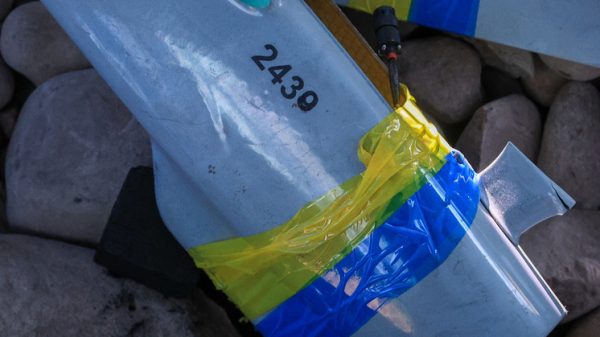

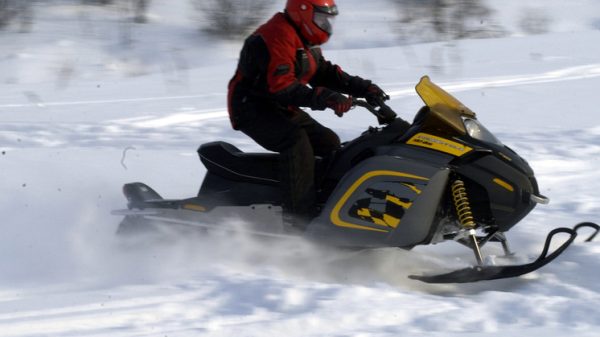


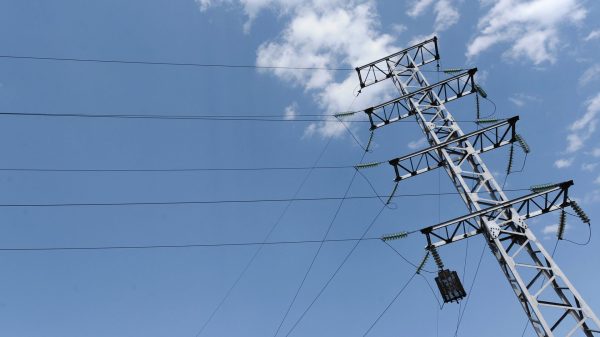











































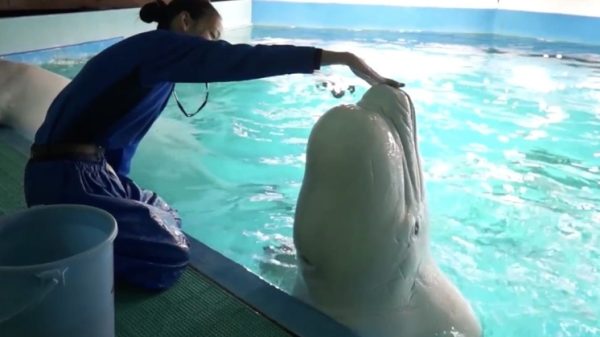
Свежие комментарии